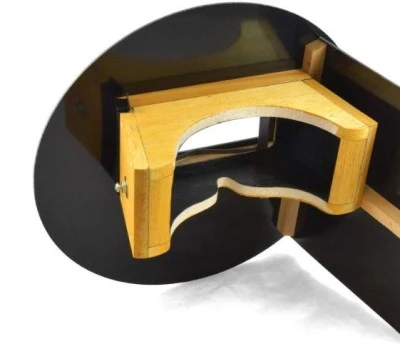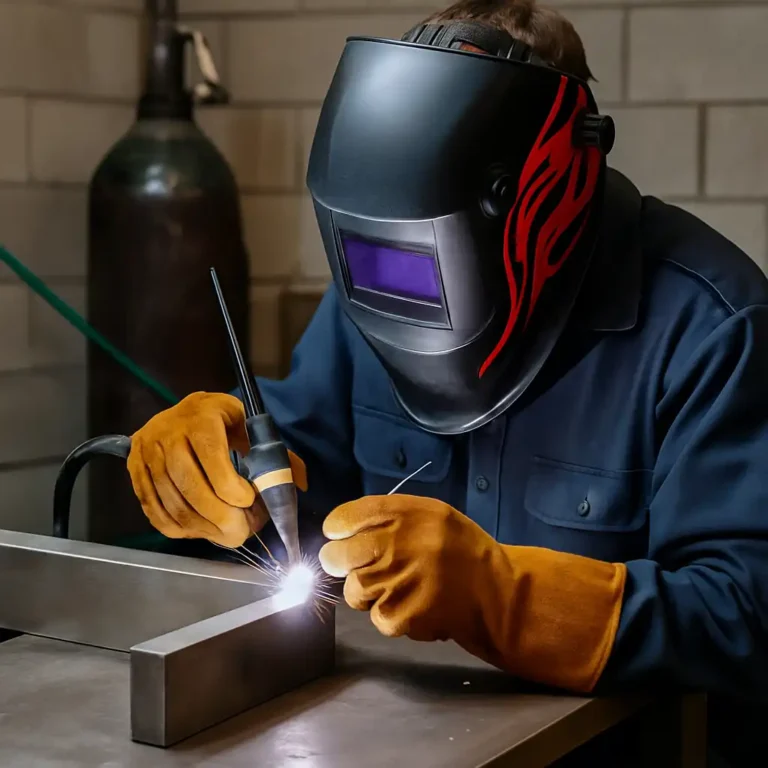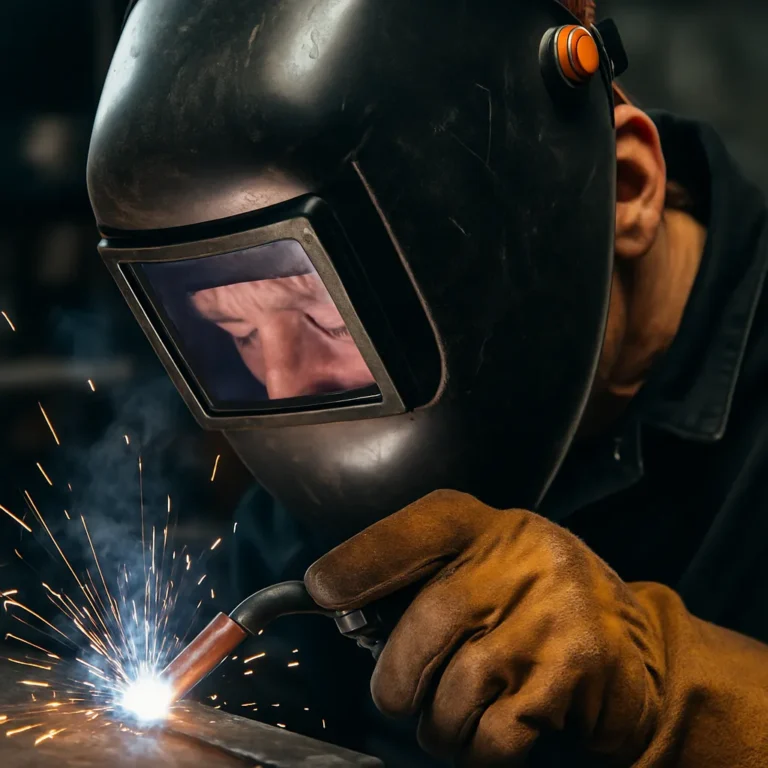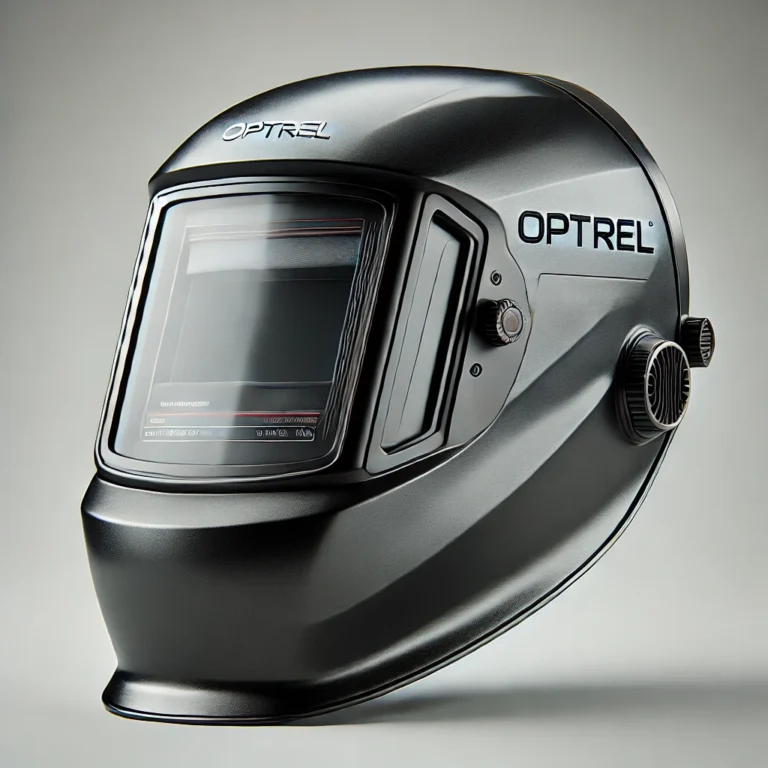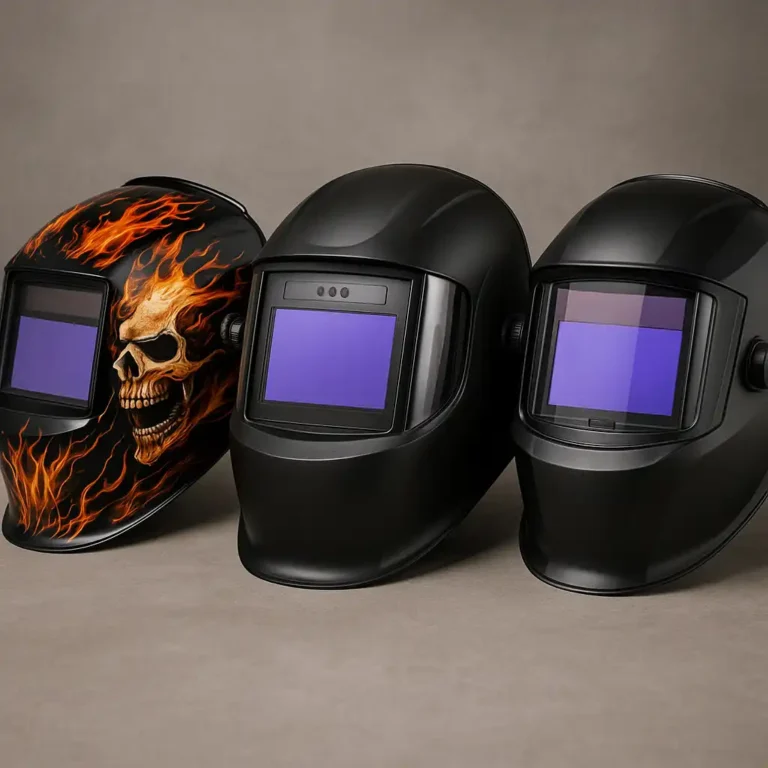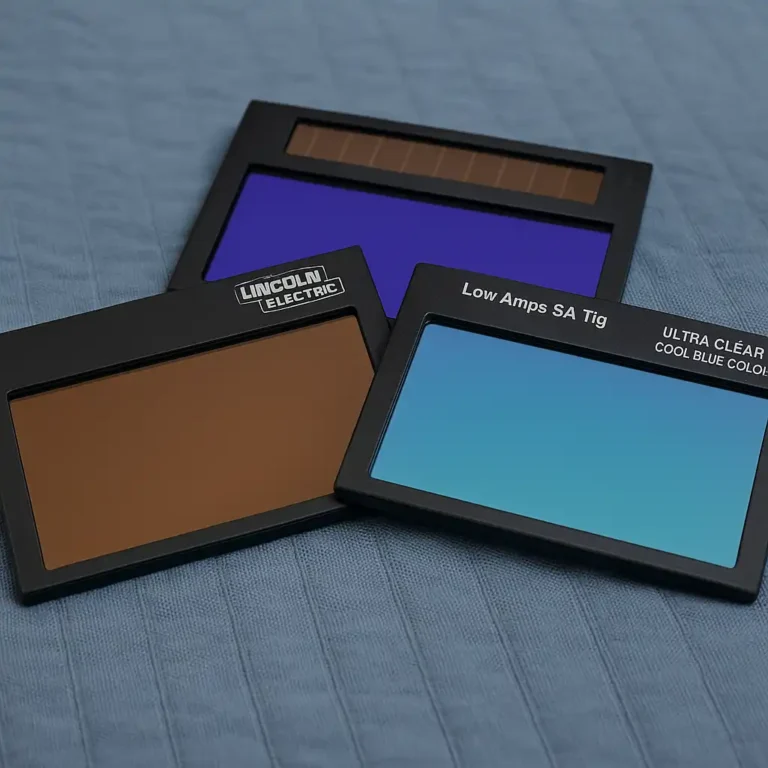Passive vs Auto Darkening Welding Helmet – Which Should You Choose
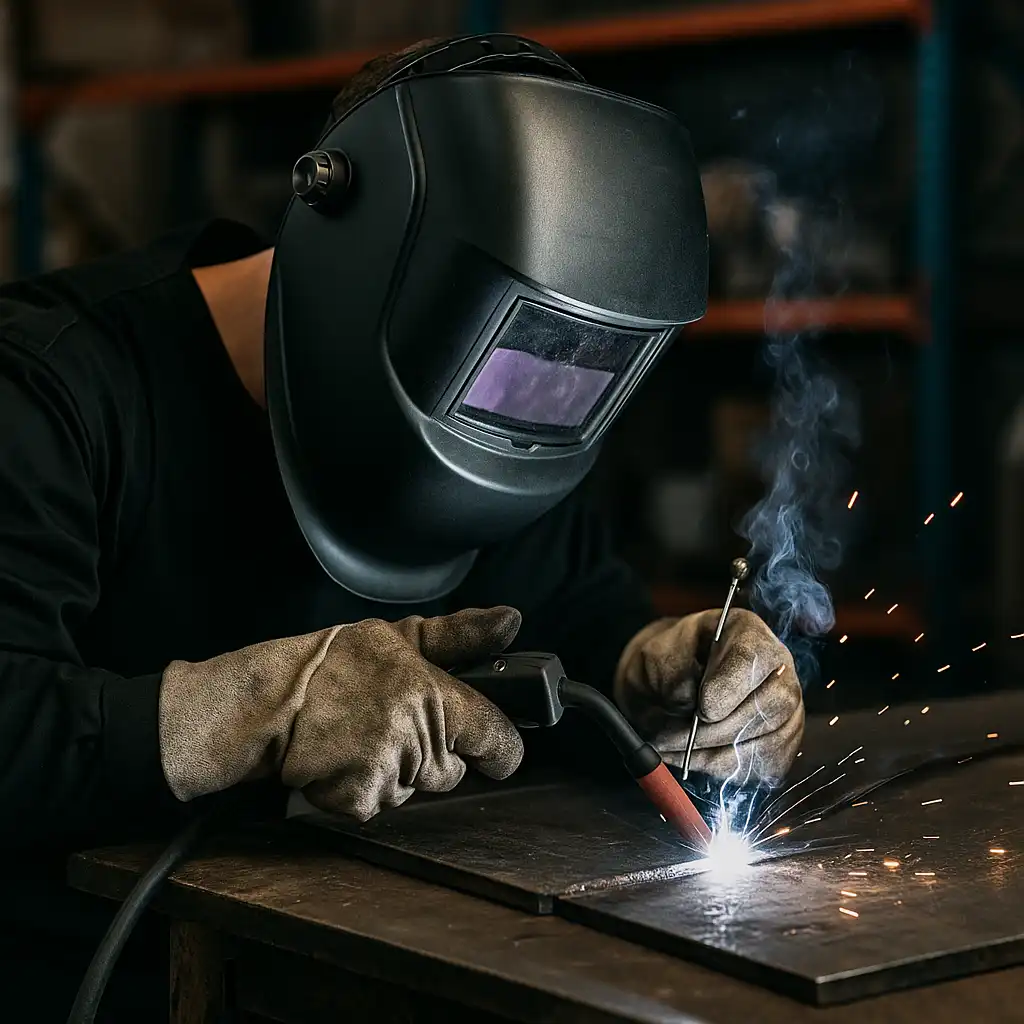
Disclosure: This post contains affiliate links. As an Amazon Associate, I earn from qualifying purchases—at no extra cost to you.
Last Updated: September 18, 2025
Ask around the shop and you’ll hear strong opinions on helmets. Some welders stick with the old-school passive lens, while others won’t strike an arc without auto-darkening. Both keep your eyes safe, but they change how welding feels day to day.
👉 Check our welding helmet guide for a full breakdown of the best options on the market.
🔍 What Passive vs Auto Darkening Welding Helmet Means in Welding
A passive helmet has one fixed shade—usually around shade 10. You flip it down, strike, and weld blind until the arc lights up. An auto-darkening helmet uses sensors to detect the arc and instantly darken the lens. That means you can line up without guessing and weld without nodding your hood.
🔍 Why It Matters for Welders
Passive helmets are simple, tough, and built to last. Auto-darkening helmets change the rhythm of welding—no neck jerks, no blind starts, and fewer crooked beads. Beginners notice less frustration, and pros save time and energy when welding all week.
🔍 Common Misconceptions or Mistakes
Passive helmets aren’t unsafe—they give solid protection if you’re using the right shade. Auto-darkening helmets, though, aren’t all equal. Cheap ones can lag or miss the arc if you’re out of position. Another mistake is forgetting to reset the shade when moving from MIG to TIG or stick. The wrong setting either strains your eyes or makes the puddle too hard to see.
👉 Check out our guide to value-friendly welding helmets for budget-conscious welders.
📦 How to Choose or Use Correctly
Passive helmets make sense if you mostly run one process—pick the shade once and you’re set. If you switch often between MIG, TIG, and stick, auto-darkening is a real advantage. Look for two to four sensors (four gives better coverage in tight spots), fast reaction time, and an adjustable shade range. Always test the lens with a quick arc before you get started.
👉 If you’re leaning toward auto-darkening, our auto-darkening helmet reviews highlight the models welders trust most.
💰 Cost, Safety, or Value Considerations
Passive helmets are cheap, dependable, and easy to maintain, but they slow you down. Auto-darkening helmets cost more, but they reduce strain, speed up starts, and give cleaner welds. If you’re under the hood every day, the value is hard to ignore.
📌 Key Takeaways
- Passive helmets are durable and affordable but less convenient.
- Auto-darkening helmets save time and reduce strain.
- The right pick depends on your process, budget, and how often you weld.
🟢 FAQs
Q: Are passive welding helmets safe to use?
Yes. With the right shade, they protect your eyes as well as auto-darkening helmets.
Q: Do auto-darkening helmets always react fast enough?
Good models darken in about 1/25,000 of a second. Cheaper helmets can be slower and less reliable.
Q: Which is better for beginners, passive or auto-darkening?
Auto-darkening usually makes learning easier since you can see your joint before striking an arc.
✅ Conclusion
Passive and auto-darkening helmets both get the job done, but they give welders very different experiences. Passive keeps things simple and cheap. Auto-darkening adds comfort, speed, and fewer bad starts. The right choice depends on your process, budget, and how much time you spend under the hood.

